Ever since the April 2021 announcement that Formula 1 would be returning to Florida for the first time in over 60 years, there was a genuine concern that the circuit would be simply a jaunt around the Hard Rock Stadium’s car park.
From the teaser track map images, that’s exactly what it looked like. F1 purists wept into their copy of Maurice Hamilton’s excellent Niki Lauda biography. Probably.
But, as we stand, we’re just three days away from the real-world event happening. The Miami Grand Prix has a sell-out crowd proving that a second race in the country to sit alongside the existing United States Grand Prix is justified.
That is unless the track is apocalyptically bad.
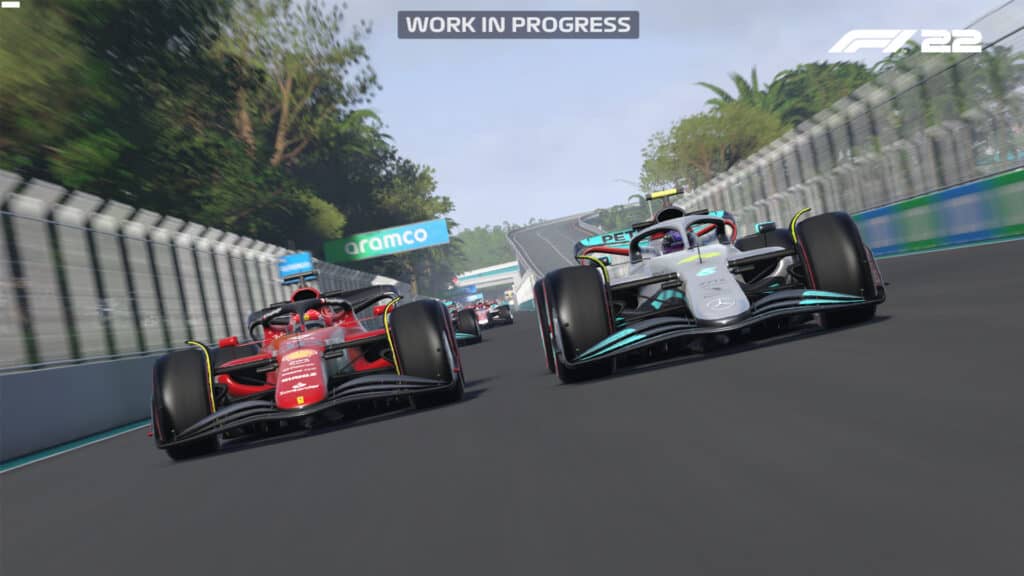
Having driven it in the upcoming EA SPORTS F1 22 game – the official F1 driving game for this season – I can safely say that the Miami International Autodrome thankfully isn’t. But neither is it a touchdown.
We’ll leave our full preview opinions on the game for a later date, and I also must stress that I was playing an early build that is not wholly representative of the finished product.
The opening five corners of F1’s newest venue are exactly the sort of fast, flowing, curves that the previous generation cars would scythe through with consummate ease. The high-downforce setups would likely mean that apart from the first corner, this opening section would be without the mere hint of a throttle lift.
Here, the third turn is a little suspect before you build up your confidence and learn the layout. Initially, you may end up running wide, spinning, or worse, hitting the unforgiving concrete.
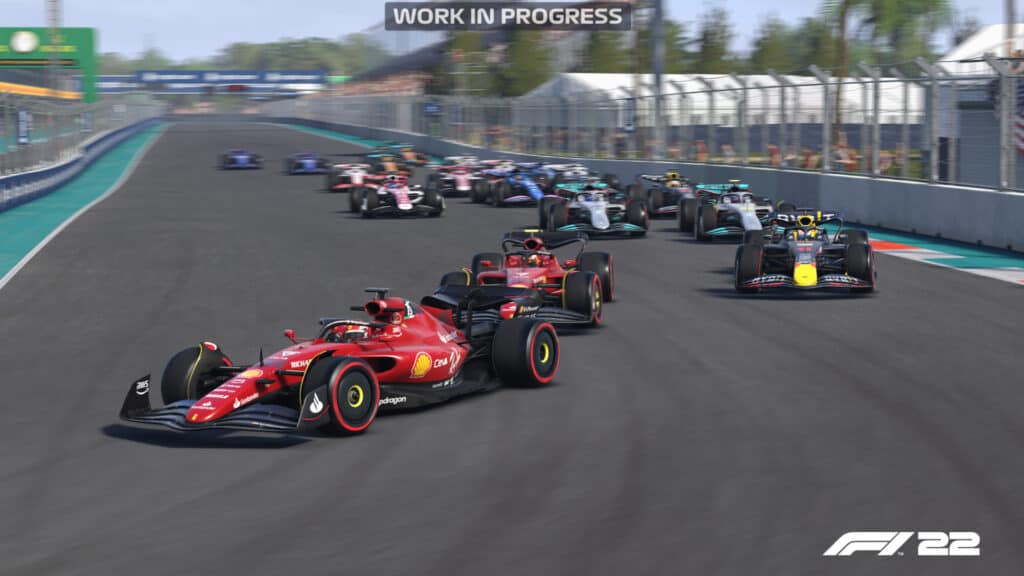
The first real challenge is the Turn 6/7/8 complex. Listed on paper as three separate corners it can be taken as one, long, decreasing angle corner that’s tricky to find the right line and braking point through. If this was a rally, the pacenote would be marked ‘tightens’.
It’s easy to be timid through this section, which is costly as it leads to the quickest part of the circuit.
A series of kinks, you do not back off the throttle and the is a DRS zone for maximum velocity. At the end of this high-speed passage is Turn 11, a simple third-gear 90-degree left turn.
The braking zone, however, is slightly curved. In the real world this could be an excellent overtaking opportunity – but the negligible curvature of the entry point could also lead to a lock-up, the current scourge of the contemporary car design and tyre combination.
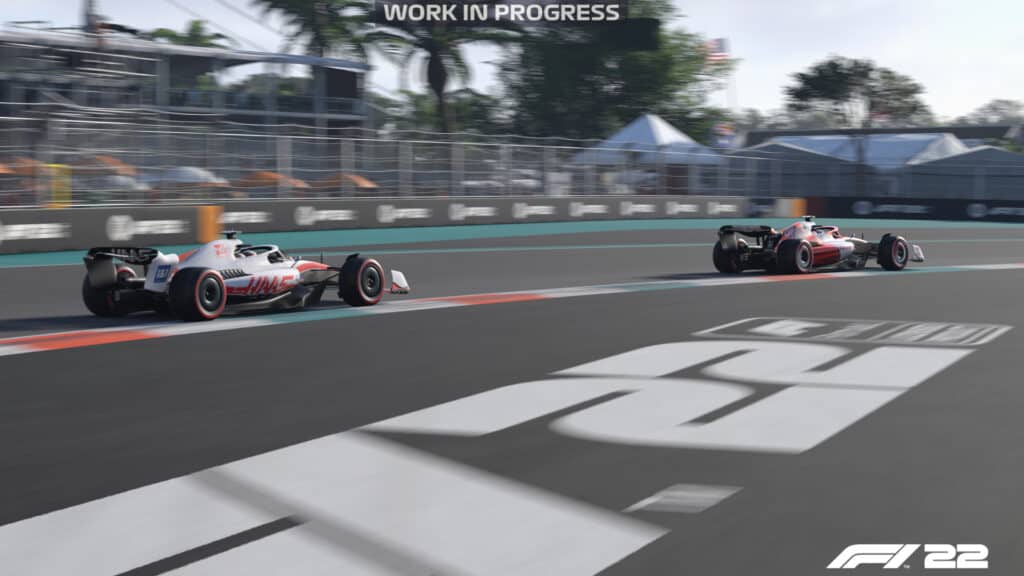
So far, not bad. It’s rapid, has potential for overtaking and the close walls provide a necessity for precision.
Things sadly go downhill from here on in.
Turn 12 is a long, narrow, fiddly little right-hander that is analogous to the ill-fated Hanoi Street Circuit’s Turn 2 and 3 but mirrored. You’re then fed into an off-camber left turn that is reminiscent of Sochi Autodrom’s unsatisfying Turn 15.
This is followed by a blind kerb with such immediacy that contact with the outside wall is an almost certainty on your first flying lap.
The final corner in this section is another tight and slow left turn, adding to the surfeit of fiddly corners that pass under part of Florida’s Turnpike toll road.
While the Baku City Circuit was often criticised for its narrow middle sector, at least it is passing through a UNESCO World Heritage Site and not just a freeway off-ramp. It’s all a bit, well, Formula E.
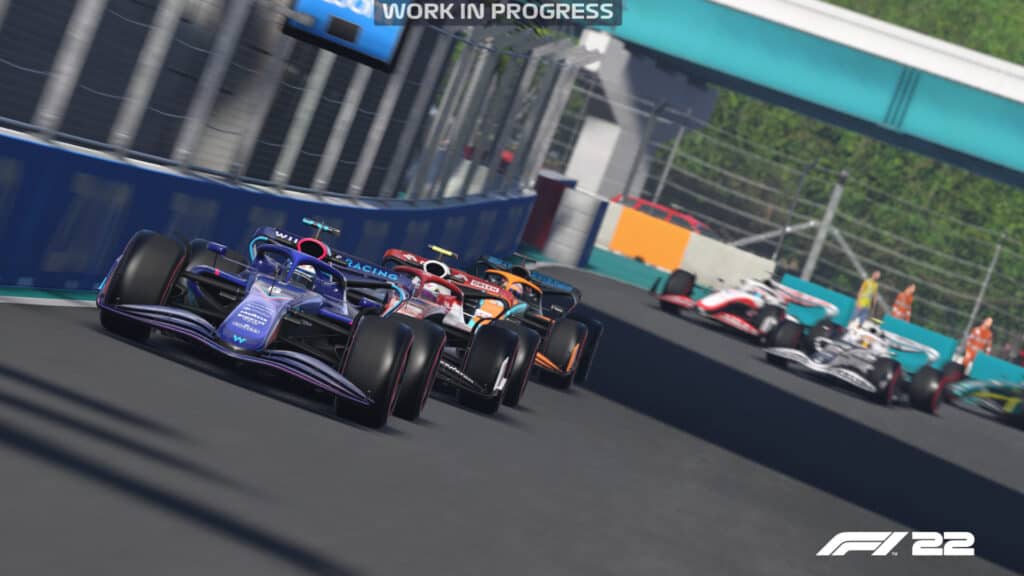
To finish the lap, there’s a long straight, another DRS zone, a hairpin turn and a flat-out left-right section, all of which are enjoyable.
As for the accuracy of representation, until I see extensive onboard F1 coverage, it’s impossible to say. What I can say though, credit where’s it’s due, the level of detail within the painted Zoom advertisements is remarkable.
There are also hints of the mild ‘bomb hole’ effect you can sometimes see on a Codemasters’ track representation, where there appears to be dips in the asphalt that aren’t there in actuality.
I’m thinking between Turn 8 and Turn 9 at Yas Marina or the penultimate corner around the Hungaroring in F1 2021. I can spot that on the outside of Turn 3 here. I suspect that’s the key difference between modelling something from CAD information, as is the F1-game methodology, and laser scanning.
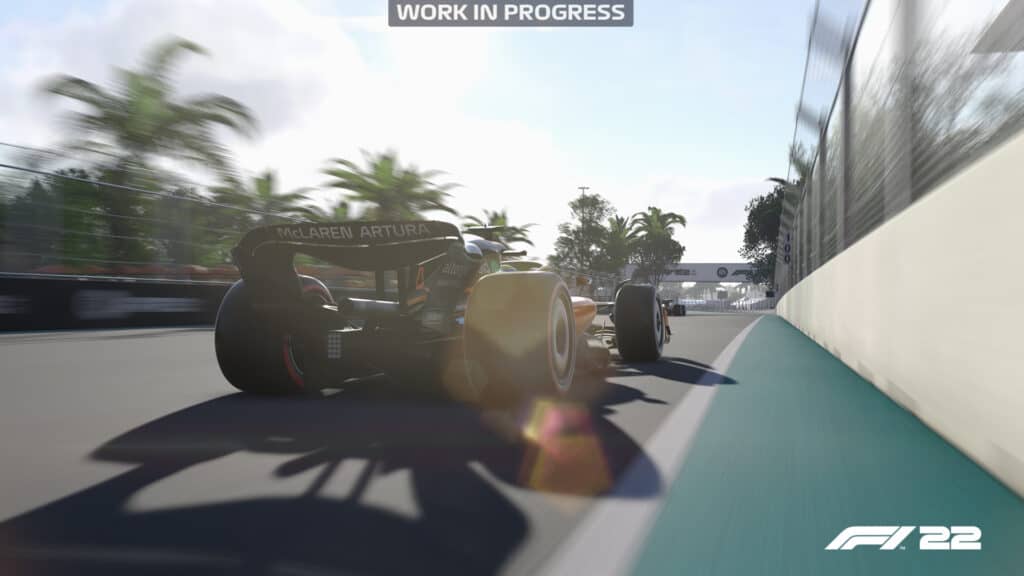
In certain areas, the F1’s new Miami circuit is sadly redolent of some of the most unexceptional circuits in F1 history. In others, it’s a largely acceptable, rapid, street-esque circuit.
It’s very clear too that the handling of the cars feels suitably different – but again, further opinions about that at a later date.
More variation in tracks is always welcome for a yearly-release cycle video game. But unlike the real world, in F1 22, you will have the choice of which track to drive. The acid test is always seeing if online lobbies select the venue regularly – and I’m willing to bet that after the initial post-launch rush, you won’t be selecting Miami over Imola. Not that it will be Codemasters fault.
However, I’m sanguine about the chances of an entertaining real-world race on the 8th May. I may not be bowled over by the track in a virtual sense, but all it takes is a thrilling F1 race to quickly turn opinion.
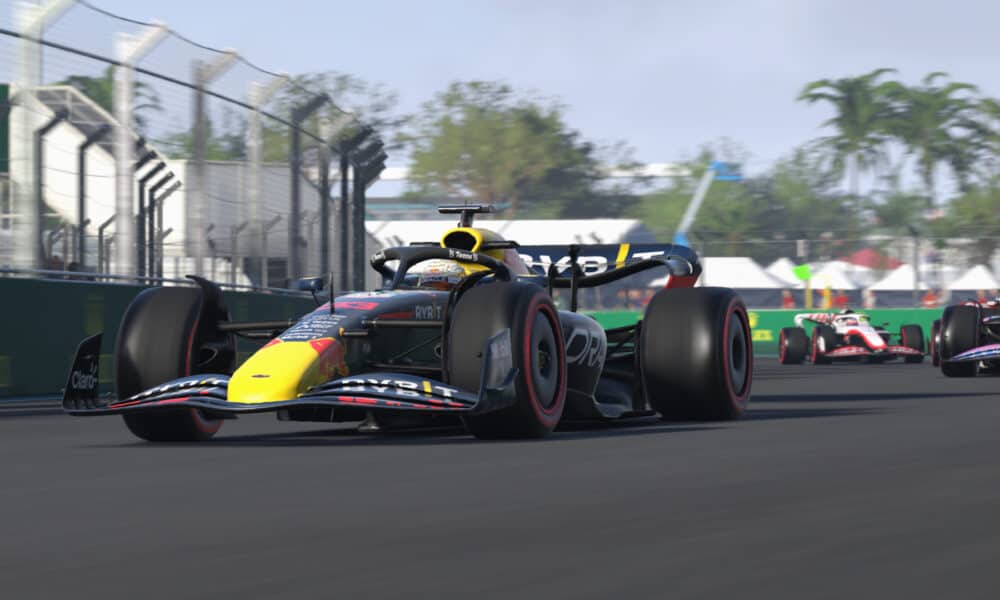




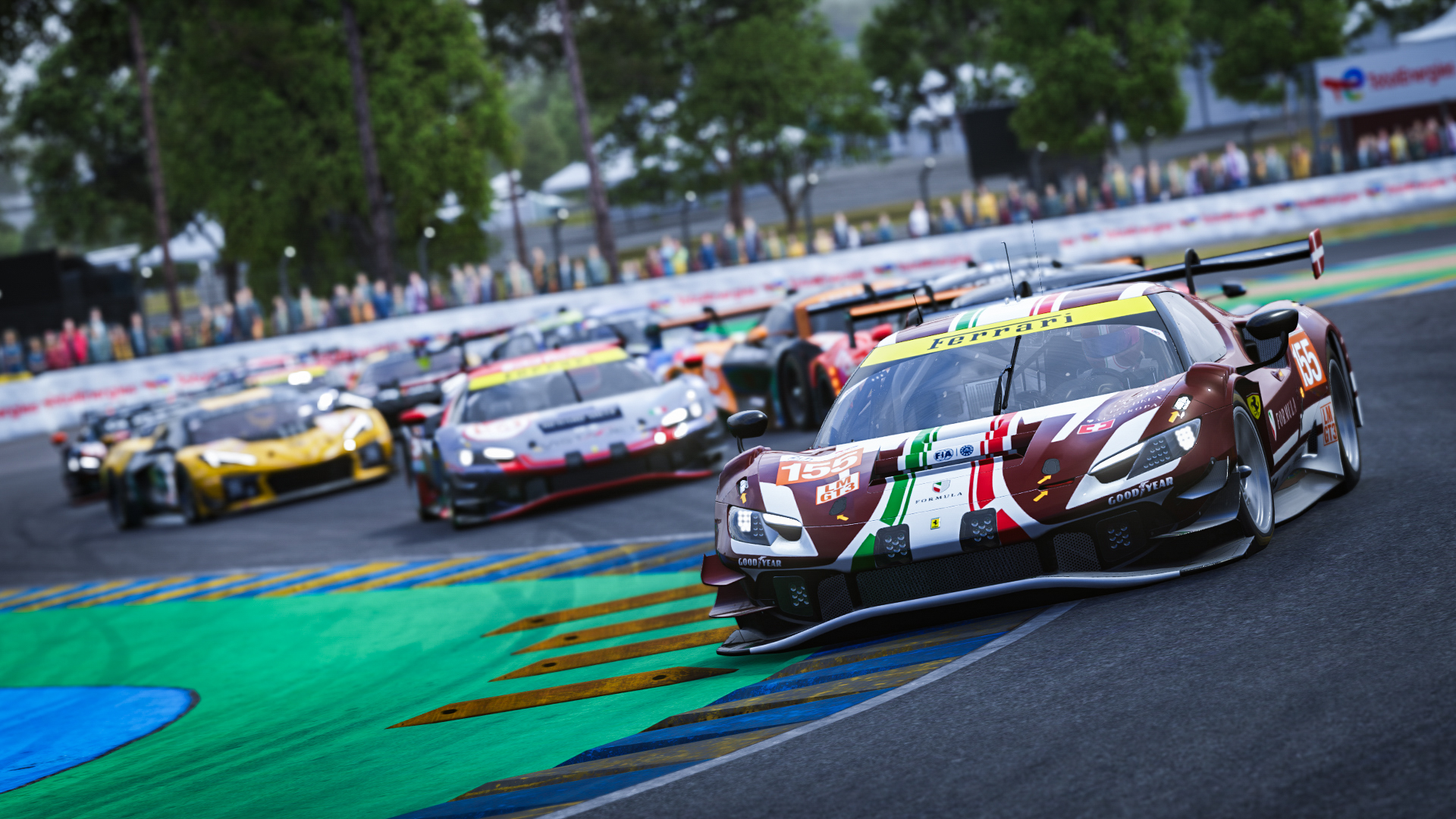
Chat with the Community
Sign Up To CommentIt's completely Free